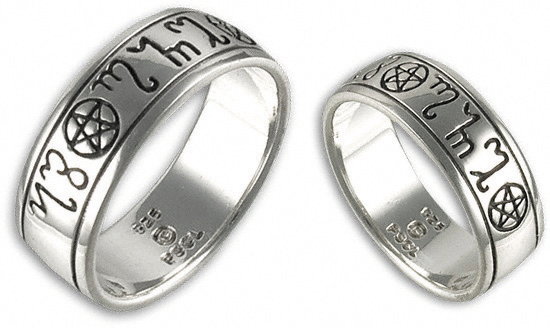 Your Ceremony
Your Ceremony
Some people prefer a ceremony that is very simple while others like to include many layers
of symbolism. It’s a very personal choice. Whatever is right for you. Consider:
Options include a private home, the backyard, public parks and gardens, national parks and wildlife reserves, community halls, reception centres, temples, wineries, in hot air balloons or on a boat out to sea.
A commitment can be held anywhere.
Music is usually played as people gather at the start, as the couple approach the circle (either together or singly), during the signing of certificates, and at the end. But it can be played at any time you choose.
There are many different roles people can take in a commitment. These include attendants, and there are special roles for the parents, and for any children of the couple, but there is also room for others to decorate the venue and prepare the space, drive cars, welcome guests, hand out booklets, read poems, write poems, manage the music, lead dancing and movement, bring gifts, bring forward symbols, collect items, light candles, keep a track of the rings as they are passed around for blessing, bestow the blessings. A hundred jobs for a hundred guests!
These are likely to include the exchange of rings but might also include honouring the traditional people and the spirits of place, smudging, circle casting, invocations to the elements and the deities, candle-lighting, hand-fasting, flowers, wishing stones, tree planting, giving of gifts, breaking of the glass, jumping the broom or any of a range of cultural customs.
If you ascribe to a particular pagan tradition such as Wiccan, Faerie, Celtic or Asatru, then this can be incorporated.
Or you might like a theme such as medieval, theatrical, or using a favorite story, or even a movie such as Shrek or Star Trek.
This is the most important part of the ceremony, where you tell each other how you feel and make your promises.
Roxanne has a background in nursing, welfare work and professional writing, as well as a life-long interest in different cultures and religions. She has completed formal studies in all of the above and has gained a post-grad Certificate of Civil Ceremonies through Monash University. She has also been nominated by the Pagan Awareness Network as a religious celebrant and is thereby able to offer couples the opportunity to register their marriage as religious – pagan.

 Your Ceremony
Your Ceremony